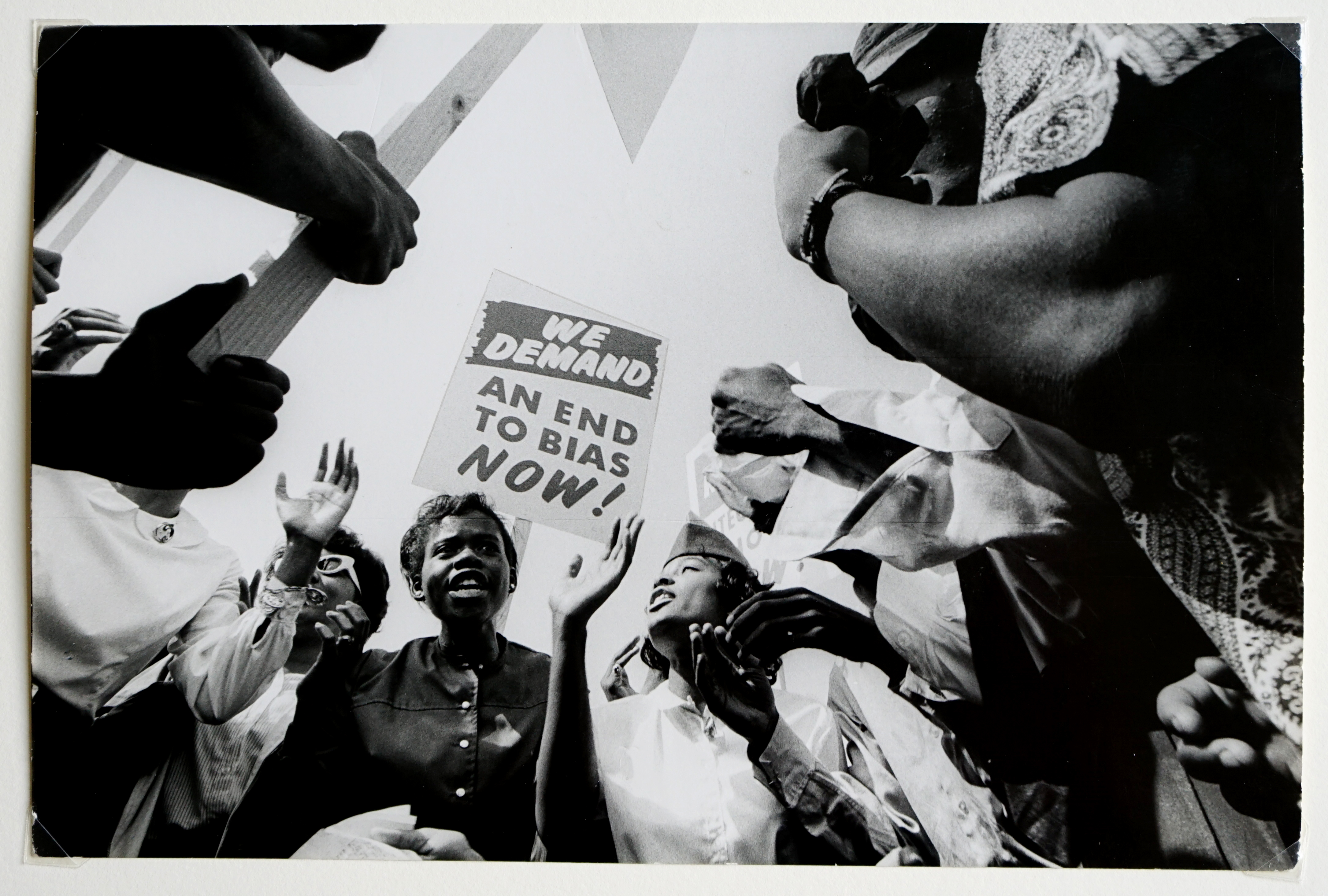
(Flip Schulke, We Demand an End to Bias Now!, August 28, 1963. Courtesy of Thomas J. Wilson and Jill M. Garling.)
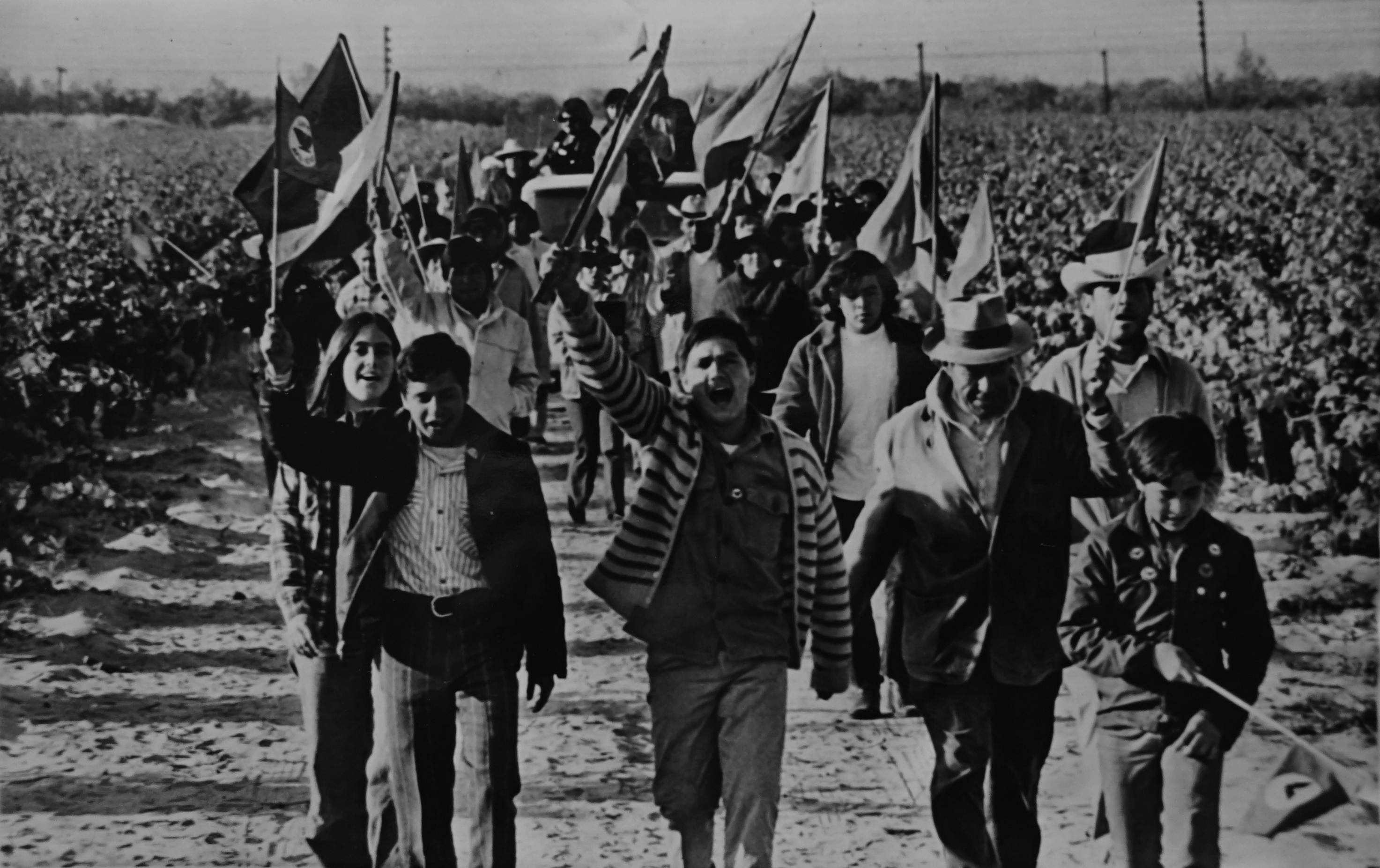
(ANON/AP Photo, The Grapes of Wrath: Members…, April 1973. Courtesy of Thomas J. Wilson and Jill M. Garling.)
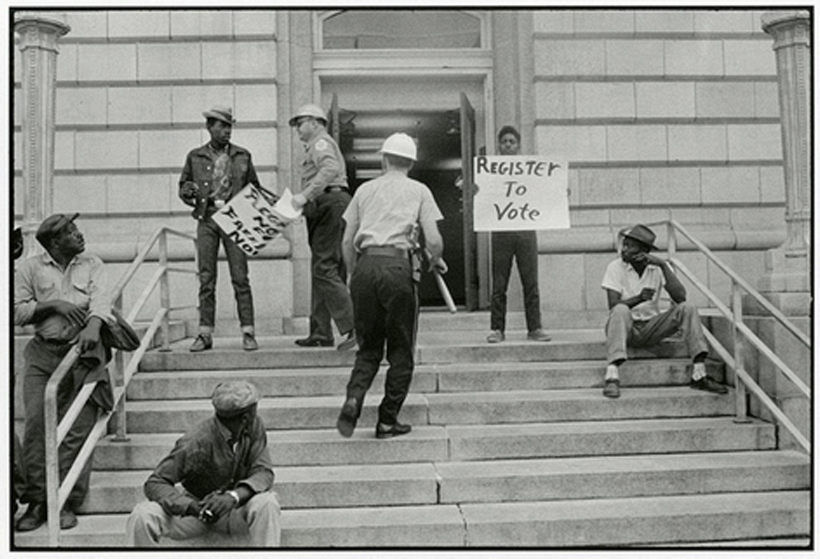
(Danny Lyon, Sherriff Jim Clark arrests two demonstrators who displayed placards on the steps of the federal building in Selma, 1963. Courtesy of Thomas J. Wilson and Jill M. Garling.)
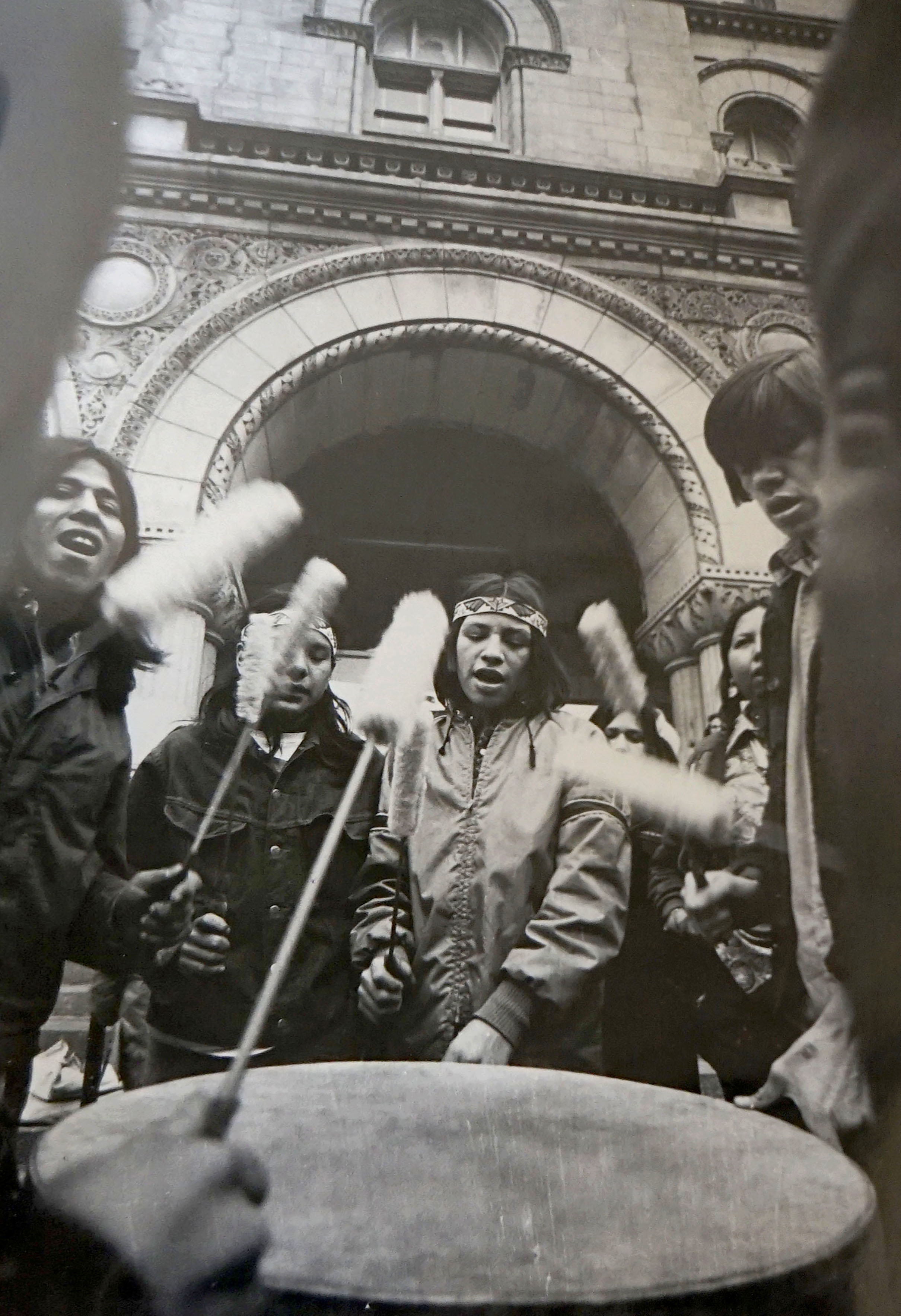
(Artist Unknown, Sympathy for Wounded Knee…, March 1973. Courtesy of Thomas J. Wilson and Jill M. Garling.)
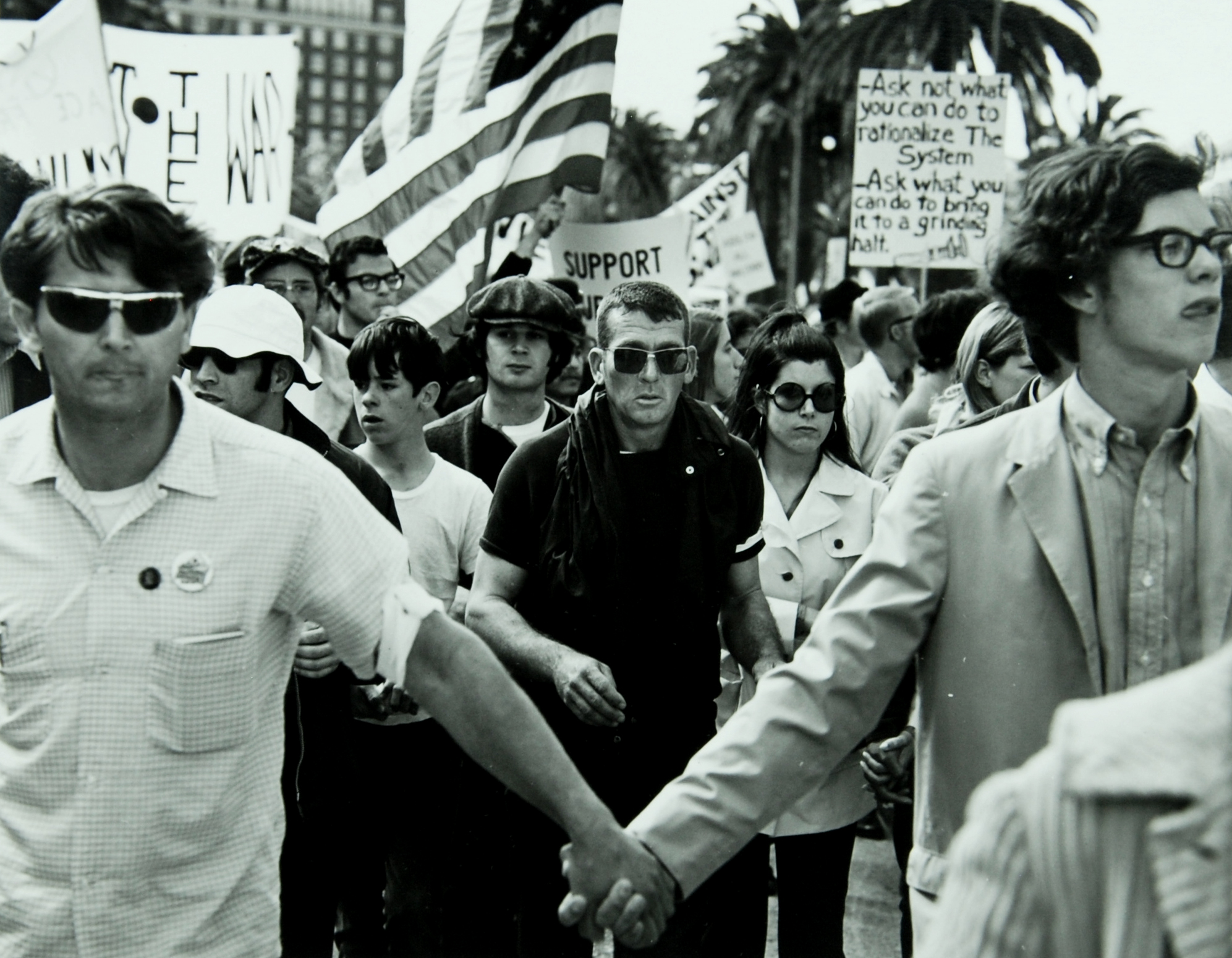
(Lou Stoumen, Protest, California, ca. 1980s. Courtesy of Thomas J. Wilson and Jill M. Garling.)
CHICAGO — An upcoming virtual exhibition through DePaul Art Museum, opening Sept. 8 on the
museum website and supported in part by the
Vincentian Endowment Fund, will use documentary photography to tell the story of how everyday individuals advocated for social change across the United States.
Presenting photos from the Tom Wilson and Jill Garling RiseUP! Collection, “Demanding Change, Bearing Witness” highlights the multitude of people who put themselves on the line for what they believed in. Paired with Langston Hughes' 1935 poem, “Let America Be America Again," the student-curated exhibition demonstrates how freedom in the U.S. is an ideal concept that has not yet been achieved.
“Photography as a medium opens the possibility for anyone to bear witness and illuminate connections between the past and the present. Students and others who view the exhibition will see that through photography, anyone can act as a reporter, witness or active participant in changing history,” said Laura-Caroline de Lara, director of DePaul Art Museum.
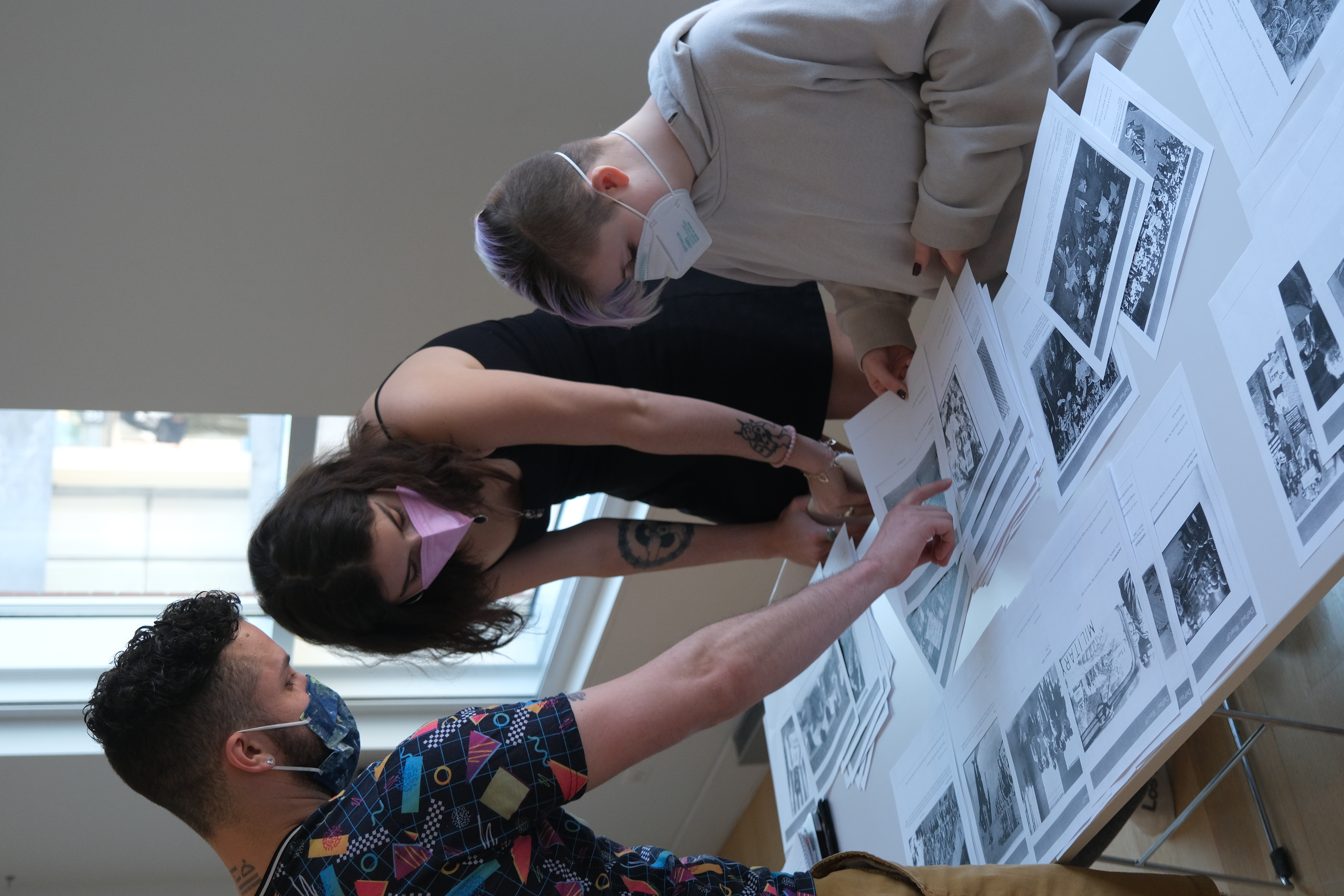 DePaul students worked on the virtual exhibition, “Demanding Change, Bearing Witness,” from idea to implementation. (Photo courtesy of Randy Honold)
DePaul students worked on the virtual exhibition, “Demanding Change, Bearing Witness,” from idea to implementation. (Photo courtesy of Randy Honold)A group of nearly 40 DePaul students in the College of Liberal Arts and Sciences alongside DePaul Art Museum staff and university faculty curated the virtual exhibition. The content is geared towards high school and college students.
The RiseUP! collection includes many well-known photographers, such as Henri Cartier-Bresson, Dorothea Lange, Danny Lyon and Spider Martin. In addition to including some of the major photographers from the 1900s to 1980s, for the purposes of this exhibition, the curators felt strongly that those anonymous individuals who captured moments of everyday people involved in social justice movements were equally as important. Many of the photographs in the exhibition were taken by anonymous individuals who captured moments of everyday people involved in social justice movements.
“By including photographs of the ‘boots-on-the-ground’ individuals, we hope the audience will see themselves in the images and recognize their own abilities to be involved in current social justice issues,” said de Lara. “Our curators prioritized contributions of migrant workers, people of color, LGBTQ+ individuals, women and children, in the hopes of inspiring people to action, in alignment with the initial intent of the Wilson Garling RiseUP! Collection.”
DePaul students worked on the exhibition from idea to implementation.
“After months of reviewing the photos, we realized our strongest theme was exploring the medium of photography as a tool to capture social injustices and demands for change,” said Margo Lipscomb and Spencer Bolding, two of the student curators.
“As our nation faces issues that, to many, are worth fighting for, we must look back in history to times when the same eagerness for change was present. Showing everyday faces of rebellion and activism that are not rooted in heroes’ stories encourages people to actively participate in social justice movements,” they added.
The students began by selecting photos from the exhibition that spoke to them and helped “connect the past with the present,” said Lipscomb and Bolding. The students took three academic classes over the course of the 2021-22 academic year to learn how to curate and organize a virtual exhibition from start to finish.
“This was an extraordinary opportunity for students to put into practice what they've learned about curatorial work and to truly understand the responsibility that museums have in crafting narratives and presenting artistic material to the public,” said Cheryl Bachand, director of DePaul’s Museum Studies Program, a faculty member in the Department of History of Art and Architecture, and a DePaul Art Museum board member.
###
Media Contact:
Russell Dorn
312-956-2176